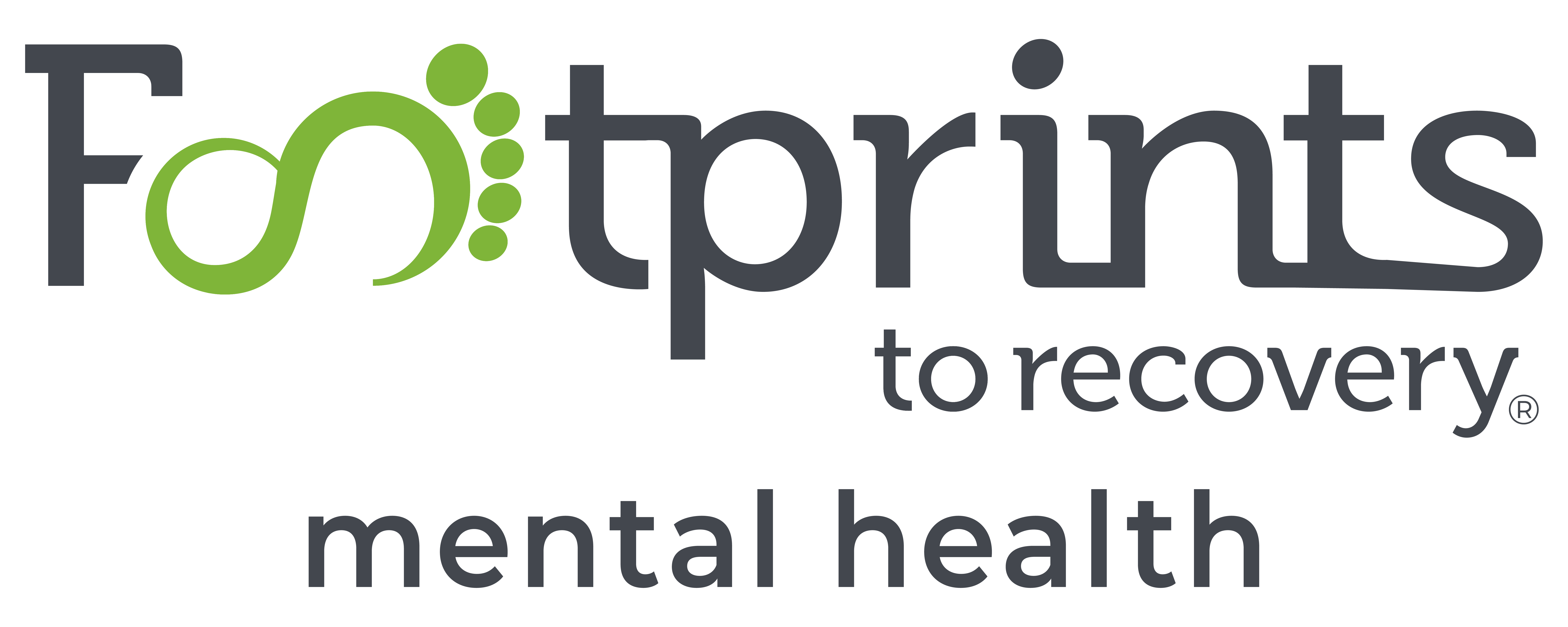Experiencing shortness of breath can be distressing, and it’s important to discern whether it’s a result of anxiety or another underlying condition. Anxiety-induced shortness of breath often manifests as a sudden and overwhelming feeling of breathlessness, often accompanied by racing thoughts or a sense of impending doom. While medical evaluation is essential to rule out other causes, identifying signs like driving anxiety, anxiety rings, or anxiety pens, along with the absence of physical health issues, can help distinguish anxiety-related shortness of breath. Consulting doctors for anxiety and considering treatment options like inhalers, Lexapro for anxiety, and therapeutic strategies can provide relief and improve overall well-being in managing anxiety-induced symptoms like shortness of breath.
What Is Anxiety?
Anxiety is a prevalent mental health condition characterized by excessive worry, fear, and apprehension. According to the DSM-V criteria, it’s defined as the presence of excessive anxiety and worry about various situations, events, or activities, accompanied by symptoms such as restlessness, fatigue, difficulty concentrating, irritability, muscle tension, and sleep disturbances. These symptoms can significantly impact daily functioning and well-being.
Anxiety is a common experience that affects people of all ages and backgrounds. It’s estimated that approximately 31.1% of adults in the United States will experience an anxiety disorder at some point in their lives. Anxiety disorders can range from generalized anxiety disorder (GAD) to specific phobias, panic disorder, and social anxiety disorder.
Some statistics on anxiety include:
- Anxiety disorders are the most common mental health condition in the United States.
- Women are more likely than men to be diagnosed with anxiety disorders.
- Anxiety often co-occurs with other mental health disorders, such as depression.
- It can have a significant impact on physical health, contributing to conditions like heart disease and gastrointestinal issues.
- Chronic stress and traumatic experiences can increase the risk of developing anxiety.
Anxiety disorders can be debilitating, affecting various aspects of a person’s life, including relationships, work, and overall quality of life. However, effective treatments, such as therapy, medication, and lifestyle changes, can help manage anxiety and improve daily functioning. If you or someone you know is struggling with anxiety, seeking professional help is essential for accurate diagnosis and tailored treatment.
Looking For Mental Health Treatment?
Anxiety Disorders Explained
Anxiety disorders encompass a range of conditions characterized by excessive fear, worry, and anxiety that can significantly impact daily life. Here are some common types of anxiety disorders:
- Generalized Anxiety Disorder (GAD): Individuals with GAD experience persistent and excessive worry about a wide range of everyday concerns, often accompanied by physical symptoms like restlessness, muscle tension, and difficulty concentrating.
- Panic Disorder: People with panic disorder have sudden and recurrent panic attacks, which are intense periods of fear and discomfort. These attacks can lead to avoidance of situations that may trigger them.
- Social Anxiety Disorder (Social Phobia): This disorder involves an intense fear of social situations and scrutiny by others, leading to avoidance of social interactions.
- Specific Phobias: Specific phobias are irrational fears of specific objects or situations, such as heights, animals, or flying. Exposure to the phobia trigger can lead to extreme anxiety.
- Obsessive-Compulsive Disorder (OCD): OCD involves unwanted and distressing thoughts (obsessions) and repetitive behaviors or mental acts (compulsions) performed to alleviate the anxiety caused by the obsessions.
- Post-Traumatic Stress Disorder (PTSD): PTSD develops after exposure to a traumatic event and is characterized by symptoms such as intrusive memories, nightmares, flashbacks, and heightened arousal.
- Separation Anxiety Disorder: Typically diagnosed in children, this disorder involves excessive fear or anxiety about being separated from attachment figures, leading to distress and avoidance.
- Agoraphobia: Agoraphobia involves an intense fear of situations where escape might be difficult or embarrassing, often leading to avoidance of open spaces or crowds.
These anxiety disorders can cause significant distress and impairment, affecting various aspects of life. Early diagnosis and appropriate treatment can help manage symptoms and improve overall well-being.
Footprints to Recovery Mental Health provides outpatient treatment programs in New Jersey.
What Are the Symptoms of Anxiety?
Anxiety can manifest through a variety of emotional, cognitive, and physical symptoms, including persistent worry, restlessness, racing thoughts, difficulty concentrating, irritability, muscle tension, rapid heartbeat, and shortness of breath. These symptoms may vary in intensity and duration, impacting an individual’s overall well-being. There are certain signs and symptoms to look out for to determine if you are experiencing anxiety.
Common signs include:
- Excessive worry
- Restlessness
- Irritability
- Difficulty concentrating
- Sleep disturbances
Physical symptoms may involve:
- Rapid heartbeat
- Trembling
- Sweating
- Shortness of breath
- Panic attacks
These attacks can induce a feeling of impending doom and intense fear. It’s crucial to differentiate anxiety symptoms from other medical conditions, as shortness of breath during panic attacks might be mistaken for a physical ailment. Consulting a doctor, discussing treatment options like Lexapro, or using tools like anxiety rings or pens can help manage anxiety symptoms effectively and improve overall well-being.
Why Do I Feel Shortness of Breath from Anxiety?
Feeling shortness of breath during anxiety or a panic attack occurs due to the body’s “fight or flight” response. When anxious, the brain perceives a threat, activating the sympathetic nervous system. This triggers various physiological changes, including rapid breathing and increased heart rate, aimed at preparing the body to respond to danger. However, this reaction can lead to hyperventilation and a sensation of not getting enough air, causing shortness of breath. It’s a normal response but can be distressing. Learning relaxation techniques, controlled breathing, or working with healthcare professionals can help manage this symptom and address anxiety’s underlying causes effectively.
Tips for Recognizing and Coping with Panic Attacks
Recognizing and coping with panic attacks involves understanding the signs and implementing effective strategies:
- Awareness: Recognize physical symptoms like rapid heartbeat, sweating, and shortness of breath.
- Breathing: Practice slow, deep breaths to regulate oxygen levels and reduce hyperventilation.
- Grounding: Focus on your surroundings to stay connected to reality.
- Positive Self-talk: Replace negative thoughts with reassuring statements.
- Distraction: Engage in a calming activity or concentrate on a specific object.
- Mindfulness: Pay attention to the present moment without judgment.
- Progressive Muscle Relaxation: Tense and release muscles to alleviate physical tension.
- Seek Support: Inform a trusted person about your experience and seek their assistance.
- Professional Help: Consider therapy or medication if panic attacks persist.
Remember, while these tips can help manage panic attacks, seeking professional guidance and practicing self-care are essential for long-term management of anxiety and panic symptoms.
Anxiety Treatment at Footprints to Recovery
Anxiety treatment at Footprints to Recovery offers a comprehensive and individualized approach to help individuals regain control over their lives. Our dedicated team of experienced therapists and mental health professionals are well-equipped to address various forms of anxiety disorders. Through evidence-based therapies, such as Cognitive Behavioral Therapy (CBT) and Dialectical Behavior Therapy (DBT), we empower individuals to confront and manage their anxiety triggers.
Our treatment programs follow a structured approach, providing a safe and supportive environment for healing. From Intensive Outpatient Programs (IOP) and outpatient care, we offer a continuum of care tailored to each individual’s needs. Our focus on holistic healing ensures that physical, emotional, and psychological well-being are addressed.
At Footprints to Recovery, our compassionate staff guides individuals on a journey toward sustainable recovery. We believe in equipping our clients with coping strategies, stress management techniques, and tools to navigate anxiety’s challenges. By fostering a sense of community and promoting self-discovery, we strive to help individuals achieve lasting relief from anxiety and lead fulfilling lives.
Contact us today to start your journey toward healing. We are here to guide you every step of the way.
References:
- Anxiety attack: Symptoms, causes, and complications (medicalnewstoday.com)
- Escitalopram in the treatment of generalized anxiety disorder: double-blind, placebo controlled, flexible-dose study – PubMed (nih.gov)
- Facts & Statistics | Anxiety and Depression Association of America, ADAA
- Psychiatry.org – What are Anxiety Disorders?
- NIMH » Anxiety Disorders (nih.gov)







